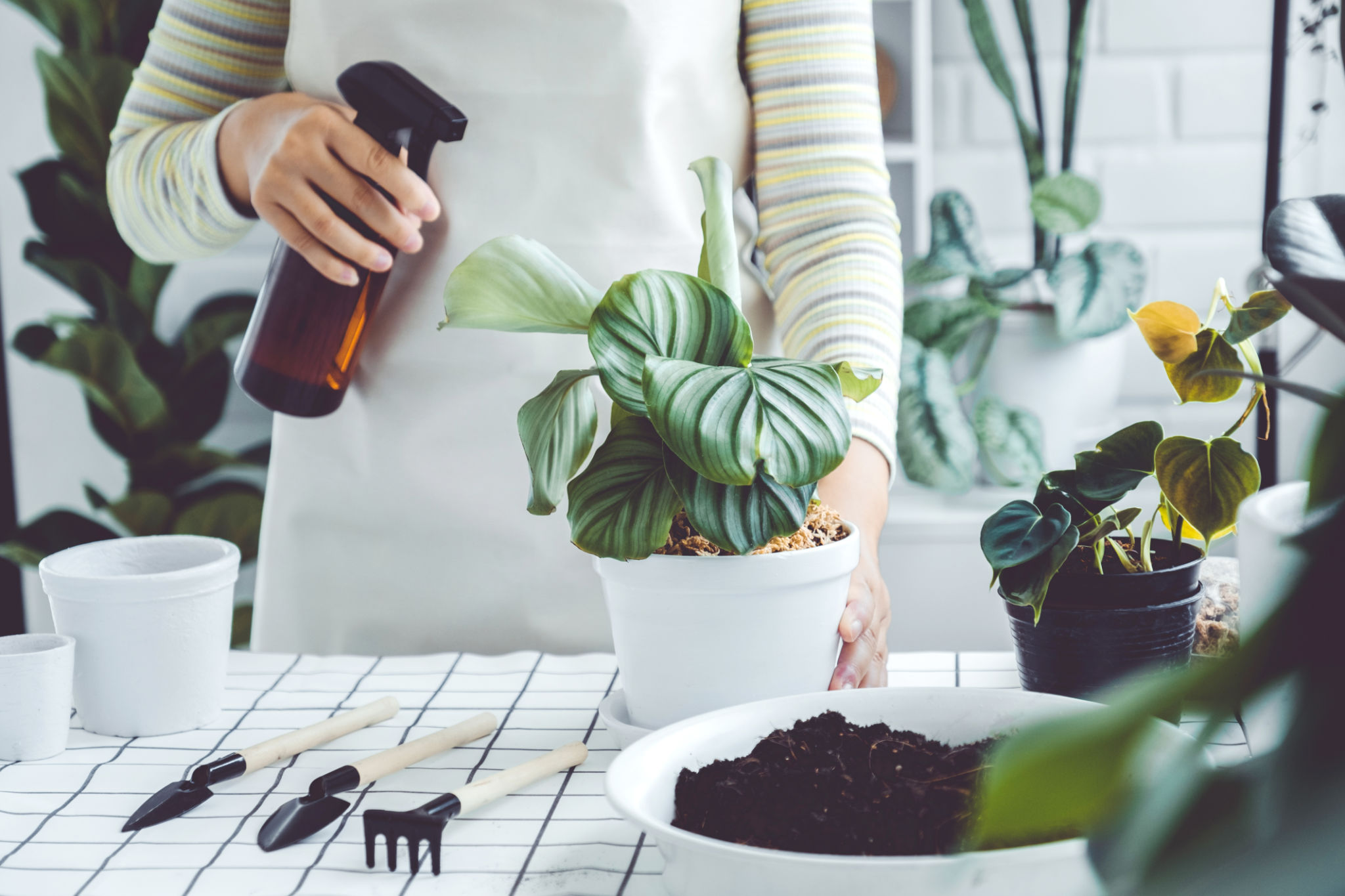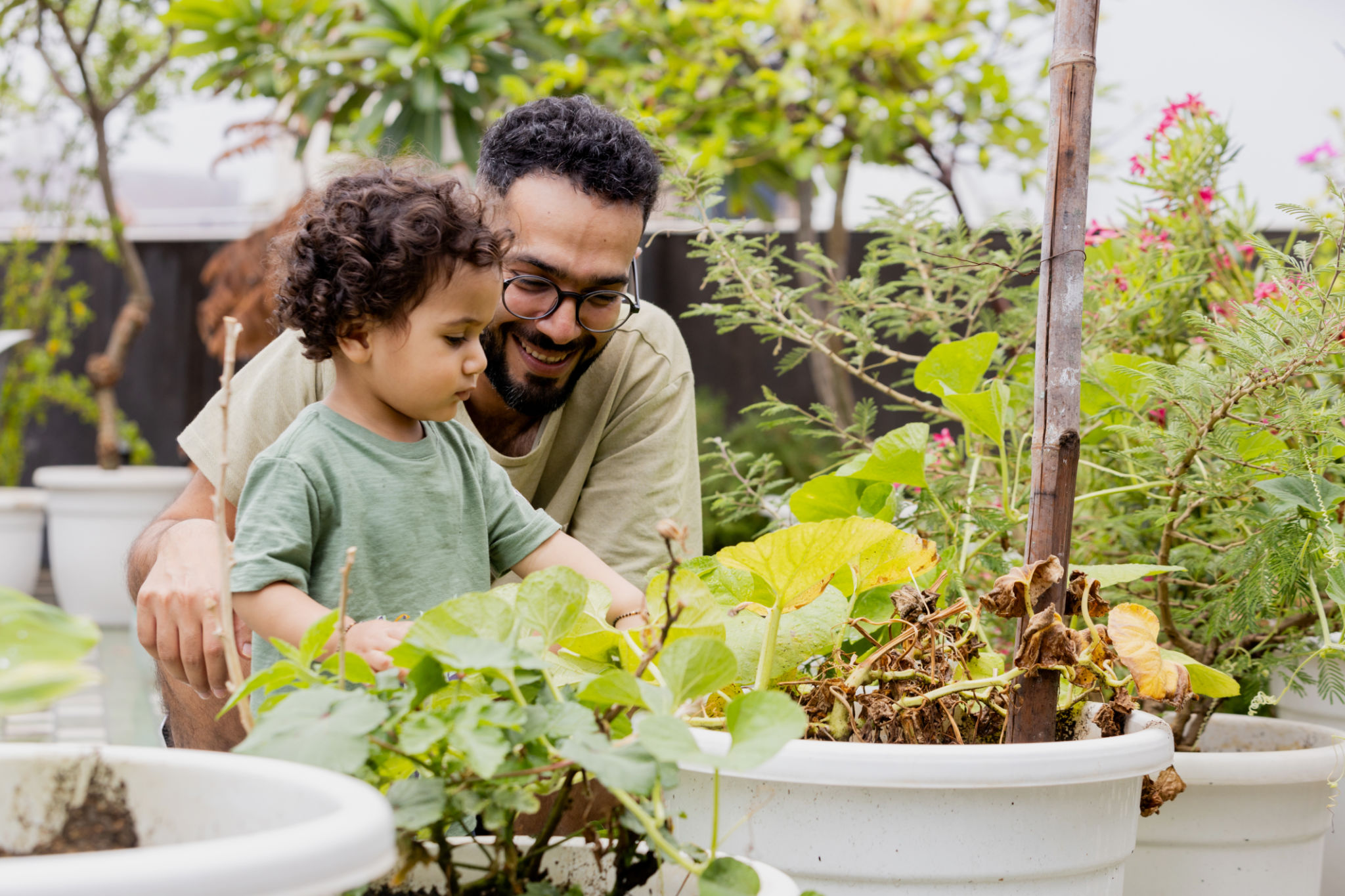Expert Tips for Maximizing the Benefits of Low Maintenance Air Purifying Plants
Understanding Low Maintenance Air Purifying Plants
As urban living spaces become more compact and air quality concerns rise, indoor plants have emerged as a popular solution for improving air quality. Low maintenance air purifying plants are particularly favored by those with busy lifestyles or limited gardening experience. These plants not only enhance the aesthetic appeal of your home but also contribute to a healthier living environment by filtering out common toxins.
But what exactly makes a plant low maintenance? Typically, these plants require minimal watering, can thrive in indirect sunlight, and do not need frequent repotting. This makes them ideal for individuals looking to enjoy the benefits of greenery without the hassle of intensive care.

Selecting the Right Plants for Your Home
Choosing the right plants is crucial for maximizing the benefits of low maintenance air purifying plants. Some popular options include:
- Snake Plant: Known for its hardy nature, the snake plant can survive in low light and requires infrequent watering.
- Spider Plant: This plant is easy to grow indoors and is excellent at removing pollutants like formaldehyde.
- Aloe Vera: Not only does aloe vera purify the air, but it also has healing properties and requires minimal care.
When selecting plants, consider factors such as the amount of natural light in your space and your personal aesthetic preferences to ensure that your chosen greenery compliments your home’s decor.
Caring for Your Low Maintenance Plants
Despite their reputation for being easy to care for, low maintenance plants do require some attention to thrive. Here are some expert tips for ensuring your plants stay healthy:
- Water Wisely: Overwatering is a common mistake. Ensure that the top inch of soil is dry before watering again.
- Monitor Light Levels: While these plants don’t need direct sunlight, placing them near a window can help them thrive.
- Dust Leaves Regularly: Dust can accumulate on leaves, hindering photosynthesis. Use a damp cloth to gently clean them.

Positioning Your Plants for Maximum Impact
The placement of your plants can significantly affect both their health and their ability to purify the air. Consider placing them in areas where they can best capture toxins, such as near windows or in rooms with electronics.
Grouping plants together can also enhance their air purifying abilities. This creates a mini-ecosystem that can be both visually appealing and functional. Additionally, placing plants at different heights adds depth to your interior design.
Reaping the Benefits Beyond Air Purification
While the primary benefit of these plants is their ability to purify air, they also offer numerous other advantages. Studies have shown that indoor plants can boost mood, increase productivity, and reduce stress levels. Incorporating greenery into your home or office can thus contribute positively to your mental health and overall well-being.

Moreover, low maintenance air purifying plants can be a wonderful introduction to the world of gardening. Their resilience and simple care requirements make them perfect for beginners looking to develop a green thumb.
Conclusion
Incorporating low maintenance air purifying plants into your home is a simple yet effective way to improve both your environment and your quality of life. By selecting the right plants, providing basic care, and strategically positioning them in your space, you can enjoy cleaner air and a more vibrant living area with minimal effort.
Embrace the beauty and benefits of these resilient plants and transform your living space into a serene, healthy haven.